616 - Prevent Offense Required for Waterhemp Control
This means you must actively prevent waterhemp from emerging by using soil applied herbicides in a layered approach as the only effective method for control. This is because there is not an effective POST emergent herbicide to control waterhemp in sugarbeets. Many of you are tenured in these waterhemp control practices others are just starting to implement them.
American Crystal acres affected by waterhemp jumped from 37% in 2019 to 72% in 2020 with increases in severity. This is based on observations from Agriculturists in developing waterhemp severity maps.
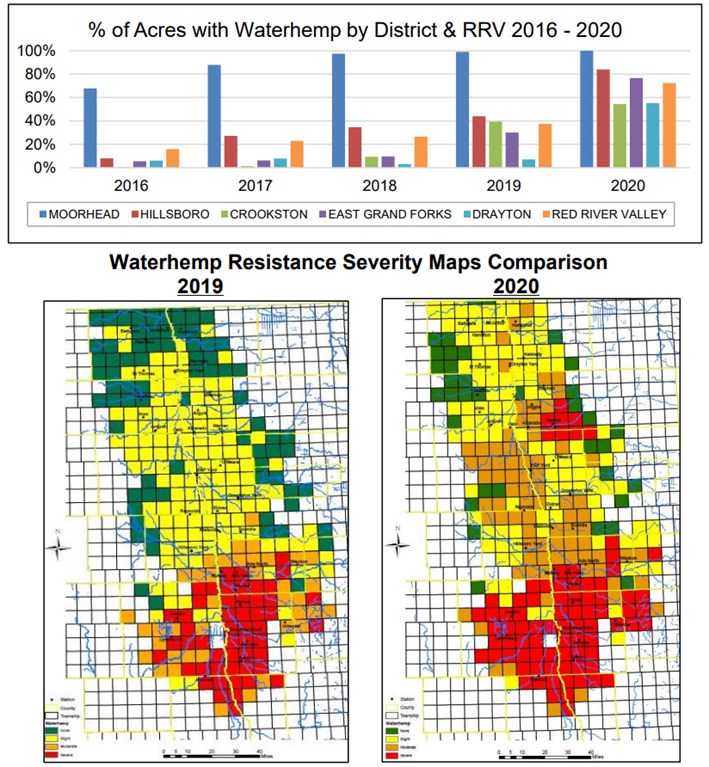
Identifying Waterhemp
Waterhemp stems can be either green or red in color or a bit of both. Its main distinguishing feature from pigweed is that waterhemp has smooth, hairless stems and more elongated true leaves.
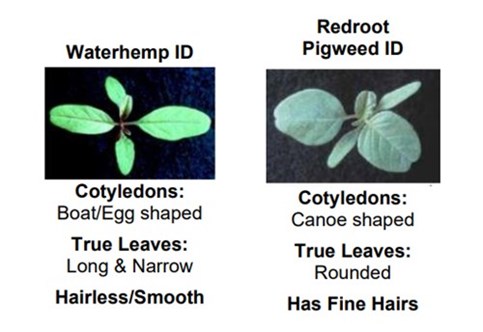
Redroot Pigweed & Sugarbeet Root Yield Reduction - Evans & Dexter
The impact of weed interference on yield was documented by Evans & Dexter, 1978 with redroot pigweed. This study has not been done with waterhemp but can be extrapolated as both weeds are in the pigweed family. Also, one waterhemp plant can produce 300,000 seeds. Controlling waterhemp should be a top priority to limit yield losses and curb further resistant seed production.
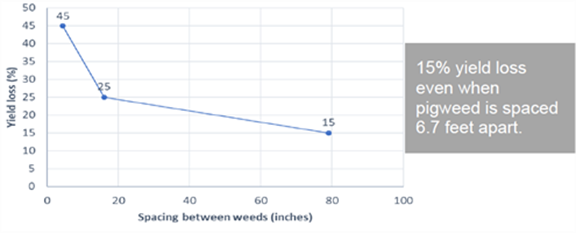
Waterhemp must be controlled before it emerges. Shareholders need to be proactive to have the highest chance for effective control. Results can be achieved by using soil applied herbicides as preplant incorporated/preemergence (PPI/PRE) applications in addition to lay-by POST applications. This layered approach is needed as waterhemp can germinate season long and the game plan is to control waterhemp as it emerges with soil applied herbicides.
Waterhemp Control Program for Sugarbeet Overview
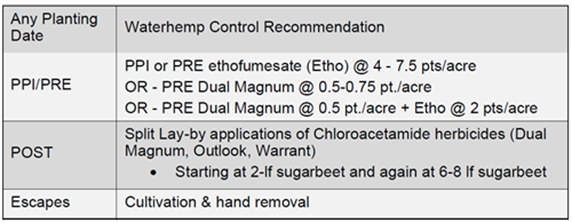
Soil Applied Herbicide Program Effectiveness Comparison
The chart below is Dr. Peters’ summarizing his observations of four soil-applied herbicide management systems over his years of research. By far the best results occur when using PPI/PRE followed by POST split Lay-by applications.
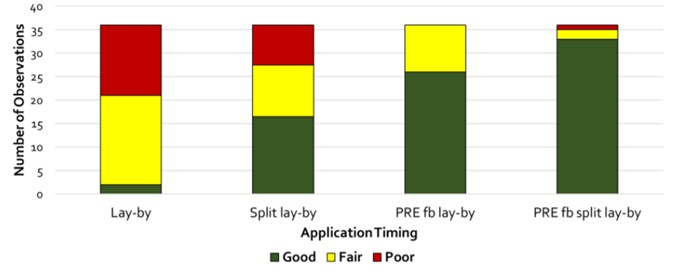
Application Strategy for Waterhemp, Ragweed & Kochia Control
PPI & PRE Options
For detailed information on PPI & PRE applications with Ethofumesate and Dual Magnum click link below:
- PPI = Pre-Plant Incorporated herbicide is applied prior to light tillage pass incorporating into the top 2” of soil.
- PRE = Preemerge herbicide applied after planting prior to crop emergence.
PPI & PRE applications set the foundation to prevent the establishment of early emerging waterhemp before Lay-by’s have been applied. Also, ethofumesate at greater than 6 pt/A is extremely effective on kochia when used PPI or PRE.
Pre Ethofumesate Rates & Waterhemp % Control Across Time
Below is Dr. Peters’ observations from 2020. Higher PRE Ethofumesate rates produce better control and longevity.

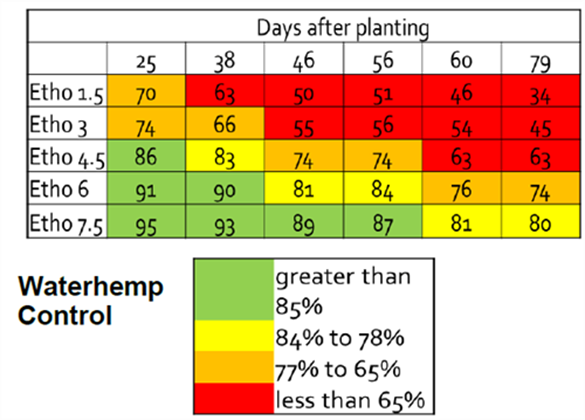
Lay-by Options
Detailed information on the Lay-by herbicide options: Dual Magnum and generic s-metolachlor; Outlook; and Warrant
Waterhemp emerges all growing season. Lay-by applications help to maintain the barrier limiting waterhemp emergence & establishment.
- Lay-by herbicides are applied POST, after the crop has emerged, and need to be applied and activated prior to waterhemp emergence for control.
- Lay-by’s should be applied in the first two POST herbicide applications.
- At the 2 leaf & 6-8 leaf sugarbeet stage.
- Split applications allow for a layered approach to control early and late season waterhemp.
This is information has been provided to help you develop a preventative waterhemp control plan. As always, please contact your Agriculturist with any questions and further refinement.
Important Notice: Please read and follow label directions on all pesticides, this document is not a substitute.
